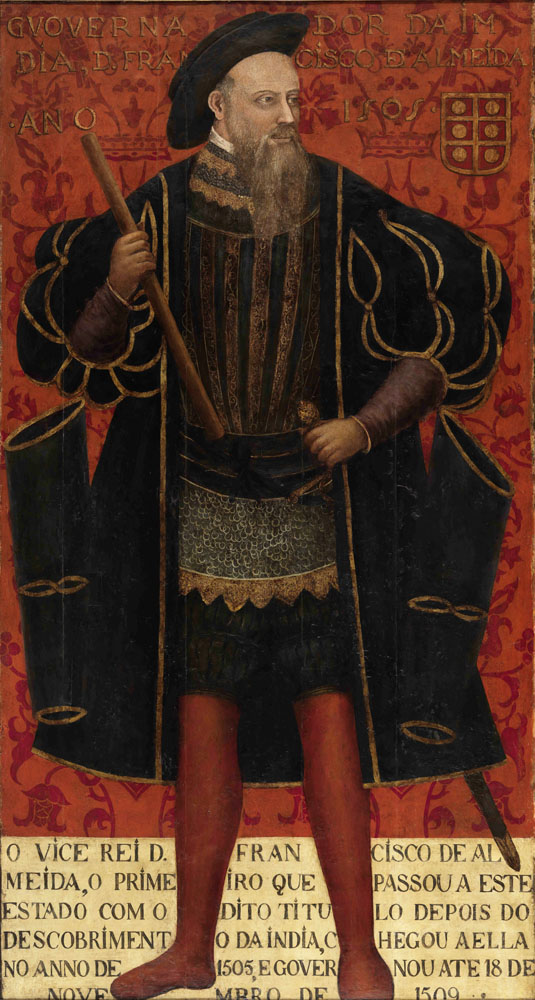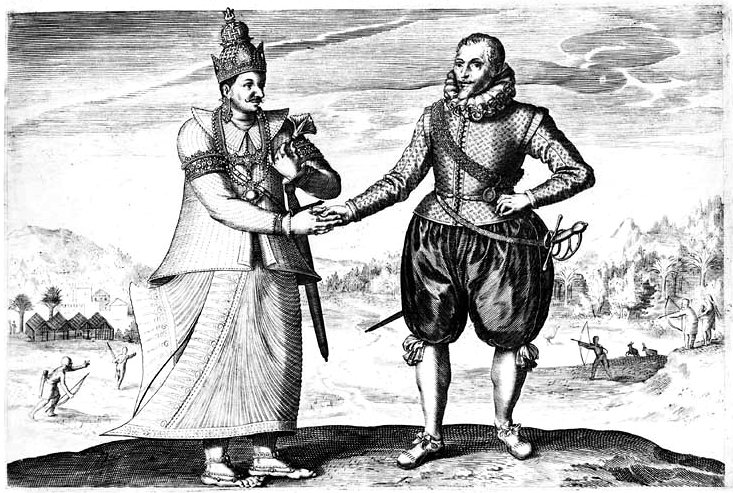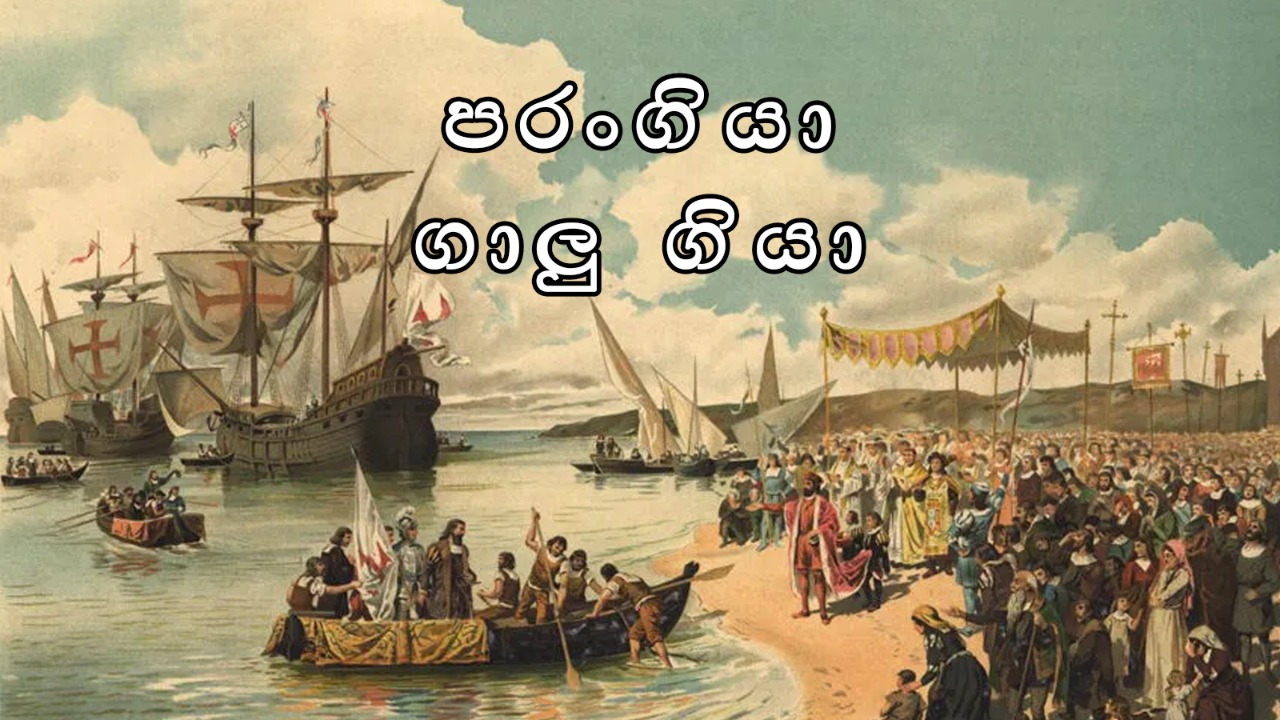The story starts when John Manuel, the King of Portugal assigns the explorer, Francisco De Almeida to conquer Taprobane (now known as Sri Lanka) in 1506 for its rich natural resources, condiments and other commercial products. In his letter, King John Manuel also writes that Fracisco De Almeida must dominate Taprobane and build a stronghold and also spread Christianity in Sri Lanka.
Francisco De Almeida explores the seas to find Taprobane, but fails continuously. He is then succeeded by his son, Lorenzo De Almeida who finds Taprobane while travelling with a fleet of ships towards Maldives, in order to capture Maldives. While travelling, he meets a fleet of ships sailed by Muslims, (Islamism was already spread in Maldives), and tries to chase them. The story states that during this incident, Lorenzo de Almeida was blown by a storm towards Sri Lanka. It is with this incident that the Portuguese are said to have first discovered what they called a ‘Beautiful, Prosperous Island Paradise’, which they soon learnt was Taprobane.

For a long time we believed that Lorenzo De Almeida anchored in the port of Colombo. According to the story, King Dharma Parakramabahu, who was the eldest son of King Buwenakabahu, was informed of the arrival of the Portuguese. Subsequnetly, the king had requested to meet Lorenzo de Almeida at his Kingdom at Sri Jayewardenepura Kotte, where he was taken to, accompanied by a troop of soldiers. Lorenzo De Almeida and his accompanies were taken on a circuitous route which took three days to reach Sri Jayewardenepura, a journey which in reality would have taken one hour. This incident gave rise to the well known proverb, Parangiya Kotte Giya Wage.
But, did this really happen?
In the 19th Century, Historian Donald William Furguson (1853 – 1910) who was born in Sri Lanka, identified a few loopholes in this story with the information he had, and decided to conduct a research on the History of the Portuguese landing in Sri Lanka. Subsequently, he found out that the story we learnt was wrong, and that Lorenzo de Almeida did not in fact land in Colombo. He is said to have anchored at the port of Galle, and been taken to the Galle Fort to meet the Ruler. Furthermore, it is interestingly stated that the Portuguese had been referring to the Galle Fort as ‘Court’, which the researcher believed would have later been mistakenly interpreted to be ‘Kotte’, around which the previous story was built.

Doanld William Furguson had sent all his research work to Professor Mendis Rohanadeera (1931-2011), who studied the work and authored the book “1506 Parangiya Galu giya”, which is available for lending at the Sri Jayawardenepura University Library. In his book, Professor Mendis proves that Lorenzo De Almeida did not land in the port of Colombo and that it was indeed, the port of Galle. He also explains how this information was miscommunication. In the 1600’s Portuguese Historians priests Quetos and Queiros had documented details about the travels and history of Sri Lanka, which includes about how the Portuguese had visited the ‘court’ in Galle. Professor Mendis also identifies how this information reached Quetos and Queiros. This proves their story, that Portuguese lead by Lorenzo De Almeida in 1506, did not anchor in Colombo, but in Galle.
After Lorenzo De Almedia’s arrival back in Portugal, along with his historian Gaspar De Indica, he tells his father Fransisco De Almedia that he visited Sri Lanka, but could not capture the country or spread Christianity since he did not have a translator. Nevertheless, Fransisco De Almedia felt thoroughly accomplished that his son was able to find Sri Lanka (the task that he was assigned to do), and wrote a letter to King John Manuel exaggerating the whole incident. The letter was documented by King John Manuel’s Historian John de Baros (1520 AD), and it stated that Lorenzo De Almeida anchored off in Colombo, and went to Kotte to meet the king and declare war. Furthermore it stated that the king surrendered and Lorenzo De Almedia built a statue with the Christian cross and engraved that the Island was now under the rule of the Portuguese. This, my friends, is the story that has been told to us.
Written by: Rtr. Hasitha Jayasuriya
Edited by: Rtr. Kalani Siriwardena
